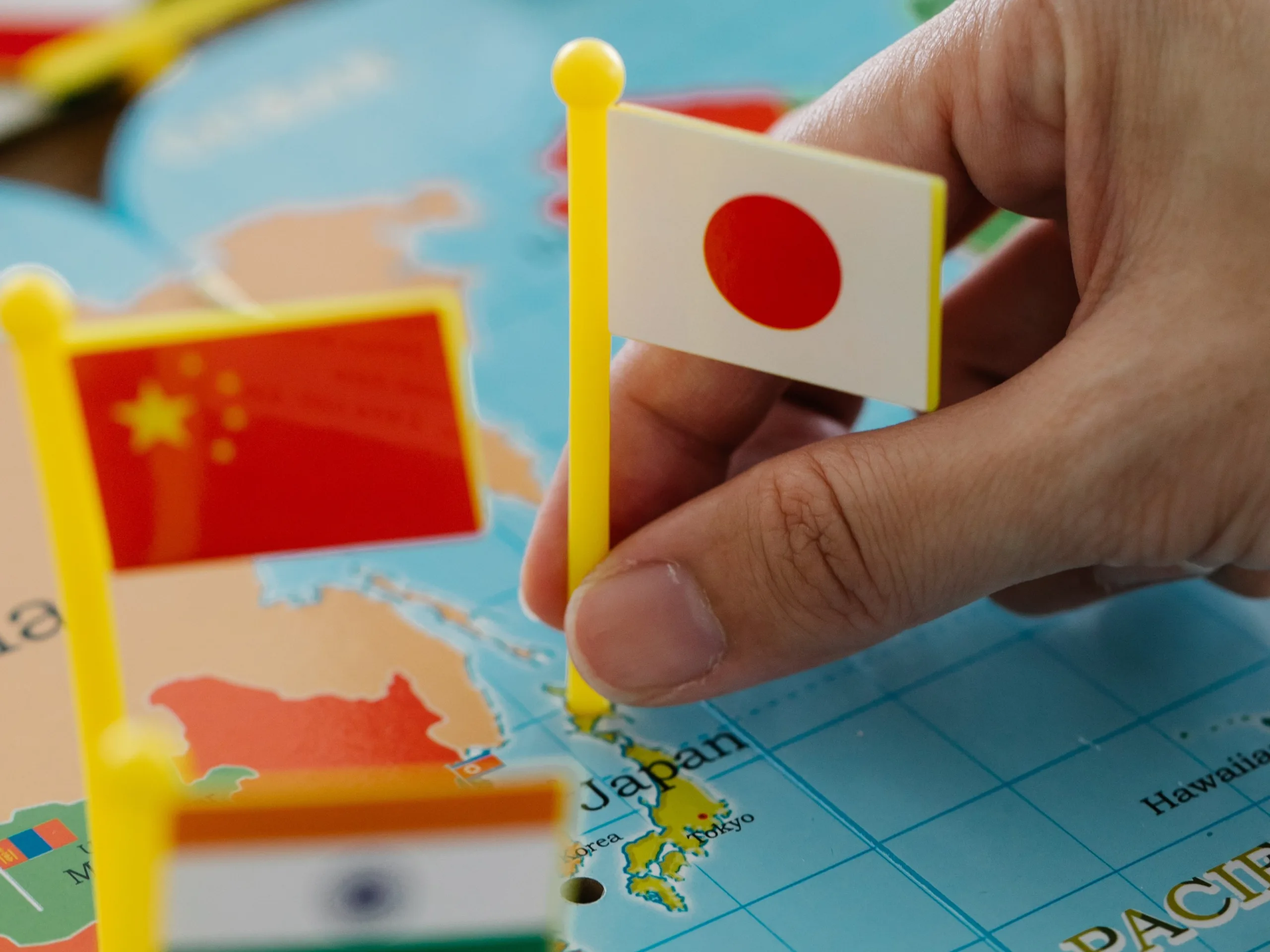How big is Japan compared to Alaska? As a geography enthusiast, I’ve always been curious about the sizes and characteristics of different regions around the world. In this article, I’ll delve into a comparison between Japan and Alaska, examining their land areas, populations, economies, and other significant factors. So let’s embark on this exciting journey and explore the similarities and differences between these two intriguing places.
| Category | Japan | Alaska |
| Land Area (sq. miles) | 145,936 | 663,267 |
| Population | 126,400,000 | 731,000 |
| Economy ($ GDP) | 5.2 Trillion | 0.5 Trillion |
| Economy (per capita GDP) | $40,000 | $44,000 |
Land Area: Japan vs. Alaska
When it comes to land area, Japan and Alaska exhibit remarkable disparities. Japan encompasses a total land area of approximately 145,920 square miles (377,915 square kilometers. In stark contrast, Alaska, located in the United States, is the largest state, covering an expansive area of about 663,267 square miles (1,717,854 square kilometers), making Japan about 22% the size of Alaska.
Population: Japan vs. Alaska
While Alaska may be considerably larger in land area than Japan, the population dynamics tell a different story. Japan boasts a significant population, with an estimated count of around 126.4 million people as of 2021, making it the 11th most populous country globally. Conversely, Alaska’s population is relatively sparse, with approximately 731,545 residents, earning it the title of the least densely populated state in the United States.
Economy: Japan vs. Alaska
Japan and Alaska exhibit contrasting economic landscapes. Japan possesses the world’s third-largest economy, with a GDP of approximately $5.2 trillion. It is renowned for its technological innovations, automotive industry, and electronics sector. On the other hand, Alaska’s economy is almost the smallest in the United States (48th) with a GDP of about $500 billion. Alaska’s economy is heavily influenced by its vast natural resources, particularly oil, gas, and fishing industries. The state also heavily relies on tourism as visitors are attracted to its stunning landscapes and wildlife.
Nature and Wildlife: Japan vs. Alaska
Both Japan and Alaska boast breathtaking natural beauty and unique wildlife, albeit in distinct ways. Japan is renowned for its picturesque landscapes, including cherry blossoms in spring, serene temples, and Mount Fuji, a majestic symbol of the country. Alaska, on the other hand, is home to stunning glaciers, expansive forests, and abundant wildlife. Visitors to Alaska can witness grizzly bears, bald eagles, and humpback whales, among other remarkable species.
Culture and Heritage: Japan vs. Alaska
The cultural fabric of Japan and Alaska reflects their diverse histories and indigenous communities. Japan is renowned for its rich cultural heritage, encompassing traditional arts such as tea ceremonies, sumo wrestling, and kabuki theater. The country is also celebrated for its unique cuisine, including sushi, ramen, and matcha. Alaska, with its native heritage, celebrates the cultural contributions of its indigenous communities. Visitors can learn about Alaska Native cultures, witness traditional dances, and savor regional delicacies like wild salmon and king crab.
Tourism: Japan vs. Alaska
Tourism plays a significant role in both Japan and Alaska, attracting visitors from around the world. Japan entices tourists with its blend of ancient traditions and modern wonders. Popular tourist destinations include the bustling metropolis of Tokyo, the historic city of Kyoto, and the natural beauty of Hokkaido. Alaska, on the other hand, captivates visitors with its untouched wilderness, offering opportunities for hiking, fishing, wildlife spotting, and breathtaking cruises along the Inside Passage.
Conclusion: How big is Japan compared to Alaska?
In conclusion, the question of how big Japan is compared to Alaska unravels a tale of contrasting landscapes, populations, economies, and cultures. While Japan stands as a densely populated island nation with a thriving economy and rich cultural heritage, Alaska showcases vast expanses of natural beauty, a sparse population, and an economy deeply intertwined with its bountiful resources. Whether you’re drawn to the vibrant cities and ancient traditions of Japan or the pristine wilderness and abundant wildlife of Alaska, both destinations offer unique and captivating experiences.
Ultimately, the comparison between Japan and Alaska highlights the diversity and wonders that our world has to offer. Whether you’re intrigued by the vibrant urban life, technological advancements, and cultural heritage of Japan, or you yearn for the untouched landscapes, awe-inspiring nature, and rich native cultures of Alaska, there is something for everyone.
So, if you’re seeking an adventure filled with bustling cities, historical landmarks, and a taste of tradition, Japan awaits your exploration. On the other hand, if you’re an outdoor enthusiast seeking grand vistas, breathtaking wildlife encounters, and a chance to reconnect with nature, Alaska is ready to embrace you with open arms.
No matter which destination you choose, be it the vibrant streets of Tokyo or the rugged beauty of Denali National Park, both Japan and Alaska offer an array of experiences that will leave an indelible mark on your heart and mind.
In the end, the question of how big Japan is compared to Alaska goes beyond mere size and numbers. It is an invitation to discover the essence and allure of these remarkable places, to immerse oneself in their unique cultures, to marvel at their natural wonders, and to create memories that will last a lifetime.
So, how big is Japan compared to Alaska? The answer lies not only in the land area and population figures but in the vastness of experiences and the richness of the human spirit that can be found in each of these extraordinary destinations. Embark on your own journey and uncover the wonders that await you in Japan and Alaska. Be sure to check out our other posts comparing Japan to the United States, California, Florida, and Texas.

